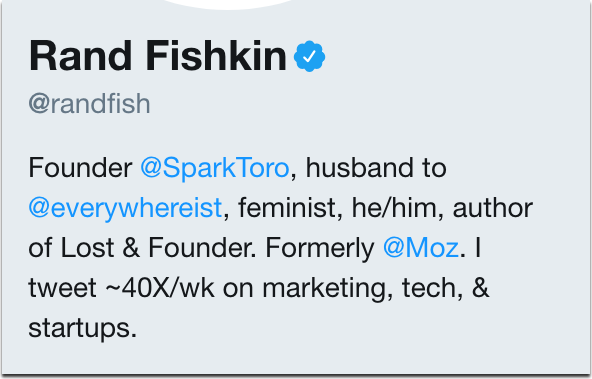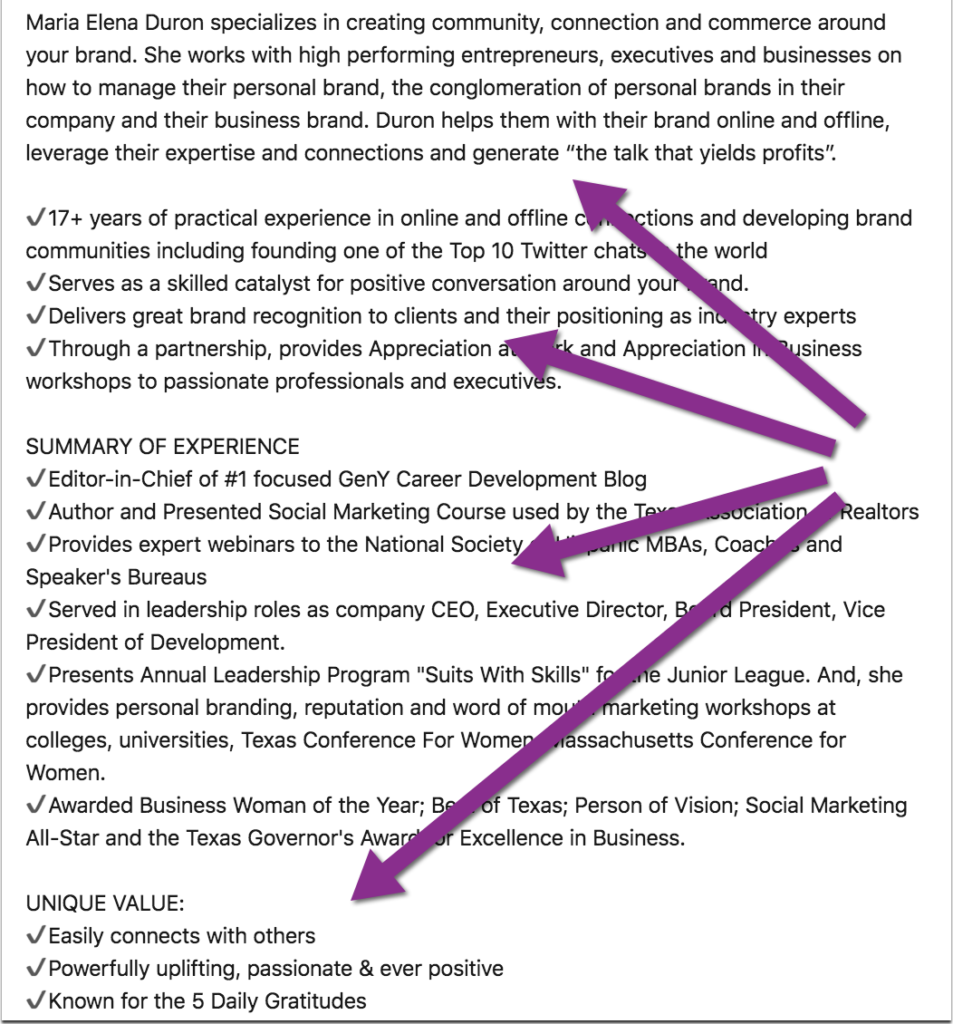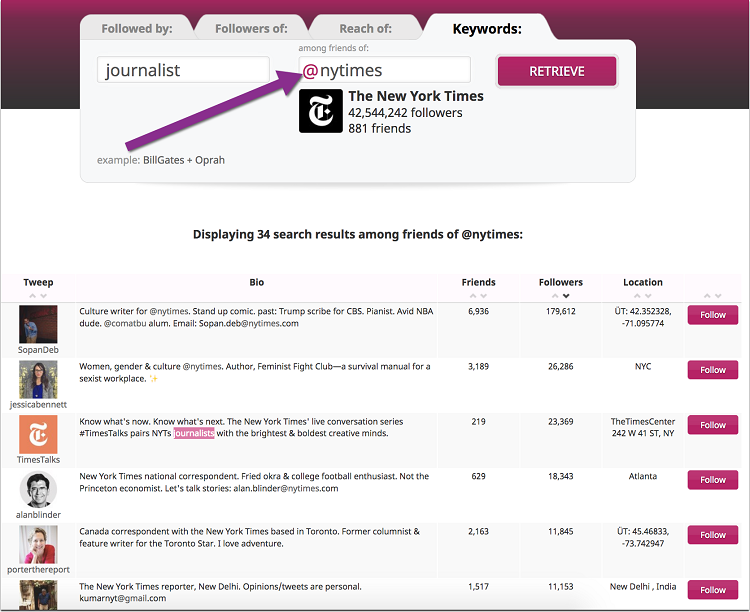Jumping headfirst into the freelancing industry is a difficult and sometimes scary. With an extensive amount of articles written on how to make it, there’s a lot of information to sort through. And it’s hard to find what will work for you.
As a freelancer who made my way into it between jobs myself, I know how experimenting on what is best for you can take up valuable time and energy that could be better spent elsewhere.
With that in mind, I have created this step-by-step tutorial on how to start generating income as a freelancer based on what worked to help increase my own income and to turn a hobby into a career.
Phase One: The Planning Phase
When you want to turn your life into a new direction – and launching a freelancing business certainly counts – planning is essential. An hour you spend planning now can save you days of headaches later. There are a few very basic things to get out of the way at this point. First of all, you need a well-defined niche – the service you want to offer.
After that, you’ll need to price your service and get an idea of the kind of client you want to aim for. Finally, to really set yourself up for success, you will want to work on how you’re going to promote your personal brand.
With the planning phase now outlined, let’s dive into more detail on all of that.
1. Find Your Niche
The first step to start any excellent freelancing career is to – wait for it – select a niche. If you’ve looked into freelance writing, especially – whether for copy, fiction, or editing – the very first piece of advice is always to find a niche.
While it’s tedious to hear over and over again, it’s actually great advice. When you’ve found the one thing you want to work in, you’re much more likely to be seen as an expert. That means you’ll get work specifically relating to your skills and knowledge base. Plus, you can usually command a higher price than a generic amateur. The better defined a niche you can create for yourself, the better off you’ll be in the long run.
The reasons why finding your personal niche is so crucial are that it:
- lets you focus on becoming very good at one specific skill
- allows you to make your personal brand a lot more memorable
- helps you rank your personal site easier for specific keywords
To actually find your niche, you can use a combination of the following considerations:
- What would I like to do? Is there something I would enjoy doing?
- What am I interested in learning more about?
- Is there something I’m already good at?
- What other freelancers are doing in my broad niche?
- What can I teach other people? What’s my unique personal experience that could help me shine in this niche?
2. Define Your Services and Pricing
Now that you’re done determining your future area of expertise, it’s time for the next step: putting together your service offer.
That means you’ll need to start outlining the services that you’d be providing, at what cost, and under what kind of pricing model. Other considerations here include: Will you be providing each client with an extensive brief to describe your project? Will they need to approve it? Will you include one client revision for projects? Two?
Don’t get too stressed out here, though. You’ll be able to change your pricing and pitching tactics later on. The key thing here is that you just need something to start with. It’s better to optimize stuff later than to wait forever before you launch your new career!
I suggest creating a write-up of all of these services and what they will mean for your clients. I also made myself a list of questions to ask a potential client wants estimate – especially if they don’t initially provide much to go on. By refining these things beforehand, you will know exactly what the project is worth, and the client will know what they’re getting from start to finish.
Some thoughts on pricing when starting out
As far as cost is concerned, it ranges from field and expertise. You want your prices to be fair, but you also don’t want to leave money on the table.
When you’re starting out, determining your prices can be pretty difficult. To simplify the process, I used the following formula:
What is the minimum amount of money that would make working on this task worthwhile for me?
Obviously, I didn’t have too many clients to choose from when I was starting out. My logic was simple, though: I’d rather take on pro bono tasks from non-profits (and so build up experience and expertise) than work for a corporate client for peanuts.
Knowing your worth from the very beginning makes a big difference. Working for free – but for a good cause – made me feel good and let me build my connections. Both of those things were worth a lot more to me than working for cheap just because no one wanted me yet.
3. Learn to Organize Yourself
You’ll also want to delve into the aspects of time and project management before you even get started. How long will each part of your average project take you? How much time are you willing to (or can) dedicate to growing your freelance business every day?
This can determine your schedule and the number of projects you’ll be able to pick up at a time. If you can further increase your speed, you’ll be able to get more work done in a shorter amount of time. This comes with a risk to your work-life balance, however. You want to make sure you have time to complete projects and take care of yourself.
So leave room for that as well. If creating a weekly schedule and only working during those dedicated hours will help with both productivity and physical health is what is needed, do it. Being able to maintain this is key (especially since I’ll recommend later to keep your day job until you don’t need to anymore.)
Getting yourself organized is crucial because you will not have a boss or a manager to motivate you to complete tasks on time. You’ll have to stick to your own deadlines. And I speak from experience when I say that that’s not always all that easy. So, I recommend using printable planners: Pick a planner that would keep you both organized and motivated.
4. Come up with Your Ideal Client
Once you know your niche and what you’ll be offering to clients, it’s time to make another list. For this, you’ll list all the attributes of a client that you feel would be ideal to work with. What kind of company, what type of work, etc.
Don’t hesitate to dream big on this one. Not only will this be useful later, but it can also become a goal tracker of sorts. If you want to, you can also create a list of things that you DON’T want to work on.
You are your own boss as a freelancer, so it’s your job to meet with clients and determine which jobs are ones that you’d like to take and which ones to give a pass. This list will do double duty, helping to remind you what projects you do and don’t want to work on. This step, however, isn’t necessary – you can always go with your gut instinct – but it can be beneficial.
5. Start Working on Your Personal Branding
Before launching yourself onto the world, I would recommend creating for yourself an extensive social media platform and a portfolio website. Your portfolio will of course be limited at first, but there’s nothing wrong with doing demo pieces if you don’t really have any client work to show off yet. Later on, all this will come more naturally, as you’ll simply have more pieces to assign to the site.
Getting into the groove of being my own marketing and recruiting department has been the most challenging part of my transition to freelancing so far. As you build a client base, word of mouth will bring more people in your direction.
Here’s the thing: If someone get pointed your way, and there’s no way for them to reach you, you’ve lost a client. You might even lose a bit of professional credibility. While creating a space to promote yourself does take quite a bit of time, it’s well worth it. After all, you’re trying to build a business for yourself.
Still, you don’t need to try to be everywhere at this point. Down the road, you may always expand your presence to other (more niche) social networks. To start with, register and complete your profiles at the three major ones:
- Facebook (set up a business page to keep your freelancing and personal lives separated)
Keep a consistent style on all the three networks for more brand recognizability. For example, use the same headshot and the same variation of your first and last name (e.g. if you’d like to use your middle name, use it everywhere).
Your Twitter bio will show up in Twitter search results, so getting a bit creative there can help you stand out. Here is a good example of a professional bio that catches the eye by including interests and experience. An added bonus: Followers will know exactly what kind of content – and how much of it – they’ll get.
LinkedIn doesn’t impose a word limit on the bio, so get as detailed as you can here. Here’s a great example of a very detailed and well-structured LinkedIn description. Note also how there’s an engaging summary paragraph at the top. Not everyone will want to read the whole thing, so make sure you get your pitch in first thing.
Doesn’t all that that make you feel tempted to get in touch with its owner?
Phase Two: The Start-Up
Phew! We’ve done quite a bit of planning and set-up together so far. Now it’s actually time to get into the freelance lifestyle. And there’s a lot more involved in that than just working on one project after another, for one client after another.
Note how I said lifestyle just now? As a freelancer, you’re both your own boss and your own employee. And that means both flexibility and responsibility. Your clients aren’t just looking for the cheapest, fastest, or best – they’re looking for someone they can do business with.
How do you get there, you ask? Let me give you some pointers.
6. Treat Freelancing Like Your Job, Until It Is
Freelancing is in that nether region of the business world where people think that you can roll out of bed, check your email, work a little bit and be done for the day at 11 a.m. before leaving the house to climb a mountain or give a TEDTalk or something.
Really, it’s a one-person show, a start-up company that involves staying up late some nights to get work done that you swore you had time for and hovering over the phone to make sure that you don’t miss any potential clients.
Freelancing requires you to view it as a business and, just like a 9 to 5, you have to log those office hours to get the job done. If dressing up in business attire at home is what it takes, then do it.
For me, a dedicated office space that is entirely separate from my rest-of-the-time living space is essential. My walk-in master closet has been converted into the tiniest office imaginable, but I know that when I step into that room, it’s time to get to work. Treat freelancing like your job, until it is.
7. Find Your First Clients
Once you get into the rhythm of getting work done, it’s time to find your own clients. They won’t come knocking your door down, you have to find them. Remember that ideal clients list you made earlier? Find it. Research organizations that fit these criteria.
Start reaching out, cold emailing and pitching. If you do your research and genuinely try to create rapport with these companies, you’ll increase your chances of getting work from them. Be brief – make it about the client and how you can help them become a better company. Even go for those lofty clients, the “this is my dream job” companies.
By beginning a dialogue early and creating a name for yourself in the industry, you might even have them coming to you with projects down the road!
A good idea is to start building relationships with your dream clients’ employees and ambassadors on Twitter. Once you get to know them well, you can always ask for an intro or even a recommendation.
Most happy employees specify their current company in their Twitter bio. Use Twitter bio search to find those public company ambassadors to connect to them and watch what they tweet about the company.
There two free Twitter bio search tools you can use to connect to company employees and ambassadors (or maybe your future interviewer) on Twitter:
- Followerwonk: Provide the company name (or its official Twitter handle) and choose “bio search”. Skim through the bios and open profiles of the company employees. You can target the company recruiters by adding “AND Recruiter”, for example [@Zappos AND Recruiter]
- Twiangulate is a different type of tool. Using it, you can, for example, find recruiters following the company on Twitter but not necessarily working for it. This expands your search and lets you discover more opportunities, even outside of your dream company. To search, authenticate it with Twitter, click through “Keywords” tab, type “recruiter” in the first field and then your target company’s Twitter handle in the second one. Play with more search combinations to discover more Twitter users to follow.
As you work with more clients, you have opportunities to increase your credibility in the community. The fastest way to build credibility is to:
8. Be Open and Transparent
Be honest and open about your work, especially about a project you’re working on. If you need clarification, ask for it. If something isn’t working on a piece, it’s perfectly acceptable to reach out to a client and ask their opinion.
“The flow isn’t working here, do you have any recommendations?” Sometimes, the client will even give you the missing link in your work to make it stronger. If not, they’ll still register that you tried your best to make them happy.
9. Be Professional
Be professional in all things. You’re human, and you deserve to have fun, but when your client comes to you, they expect you to be professional, even more so if your client is a company.
That includes those times when you need to politely tell them no. You might, for instance, not be able to work on their newest project at this time. If you would like them to continue to consider working with you in the future, professionalism will make it a lot more likely that they will actually get back to you.
10. Keep Your Deadlines
Keep your word with your clients on when you will have the project to them and update them periodically about the process. You’re allowed to ask for more time if you need it, but don’t do this often. If that happens once in a while, then if they can get within reason, the client will give you more time. But never abuse this privilege. The more often you delay on a client, the more your credibility will take a hit.
Credibility is important because eventually, you’ll have clients coming to you. There is nothing like word of mouth when it comes to freelancing. This will become your greatest marketing tool the longer you work as a freelancer.
11. Work on Your Visibility
To keep this momentum going, keeping yourself visible to your clients is vital. Join at least a couple of online marketplaces for freelance services to start generating some income until you build enough income and contacts to go on your own.
These platforms include:
- Fiverr.com
- Freelancer.com
- Upwork.com
Here are more popular freelance marketplaces to check out but limit your initial list to no more than 3-4. Each of them requires some time setting up your profile and keeping it active, so don’t go too crazy. For most freelance marketplaces, the process works pretty much the same:
- Register and complete all the fields on your profile to the best of your ability
- Check new projects in your niche daily, read requirements carefully and apply to those where you fit
- Complete the projects you were accepted for and try to be flexible. At this point your review score is more important than income. Once you’ve built up some reputation, the orders will be coming much easier and you’ll be able to ask for more.
If you’ve already set up your social media platforms and website, great. This is where you will be able to do that. If you haven’t started on these platforms, do it now.
You can direct potential clients to your portfolio page, cutting down on time that you have to sort through dozens of nebulously labeled pieces to send them the right one. You can also include your bio, a rundown on your expertise and criteria needed for each project, and your rates. These platforms can also help lend an air of credibility to your job.
12. Keep Improving Your Knowledge and Skills Daily
Increasing your knowledge base in your chosen field will help to solidify clients to using you as a freelancer. That 10,000 hours to become an expert rule applies here as well. If you work in one, and only one, niche, every project you take will only increase this. Jobs will become faster, more seamless. Knowing what the client wants will become easier and your pay per job can grow over time as well.
While doing all of these things may not get you the insane amount that some freelancers say they make in a month, these tips will definitely increase your overall income and help you pave the way to making a living on freelancing.
Don’t underestimate the amount of work that you’ll need to put into your fledgling business, but it’s all worth it to be able to support yourself and to be the boss. Also, rolling out of bed and going into work in your pajamas is the best. Don’t worry, your boss won’t care.






